Bioethics Forum Essay
Between Ishiguros
AI technology is making us reconsider what is uniquely and reducibly human. Generative AI-powered androids and humanoids are appearing increasingly in exhibitions and research labs, which sparks fascination and unease.
A striking example comes from Expo 2025 Osaka. Hiroshi Ishiguro, known as the father of humanoids and the visionary behind the Amplification of Lives project, has crafted a signature pavilion titled Future of Life. The pavilion is organized into three interactive zones that highlight Japan’s traditional culture of attributing human characteristics to nonhumans and presents a forward-looking vision of symbiotic relationships between amplified, or augmented, humans and advanced technology, projected 50 to 1,000 years into the future. It greets visitors with a dazzling array of androids, robots, and computer graphic avatars that push the boundaries of advanced technology.
The Future of Life pavilion asks provocative questions: “If you had a handy android, what would you ask it to do? What would you want to do together?” “Humans grow and evolve using science and technology,” Dr. Ishiguro remarked. “That is what makes us human. I believe it is the responsibility of people today to create and design our own future.” When asked about the role of his android robots he has replied, “Companions.”
A journalist interviewed both the android clone Ishiguro and the flesh-and-blood Ishiguro — standing side by side. The latter boldly presented a future where the boundaries between AI androids and humans will have vanished as humans will increasingly use AI androids. He added that humans will face various challenges unless we start thinking deeply about what truly it means to be human. This question has appeared in ancient and modern literature and religious texts. Will the conceptual model of an “evolved” human of 1,000 years in the future, showcased in the pavilion, achieve eternal youth and longevity, and create many descendants, as envisioned by the roboticists and engineers? Is this signaling a human-designed society for amplified lives, eerily common in mythology?
I pause to reflect.
Joseph Weizenbaum, who created ELIZA, one of the first chatbots, in the1960s, warned of the danger of anthropomorphism in chatbot technology and later became a vocal critic of the AI’s unchecked development. Now these generative AI-powered chatbots can simulate a conversation with a deceased person. I wonder if Ishiguro can have a meaningful conversation with a simulated version of Weizenbaum through a deadbot, digitally resurrecting the deceased? Would that feel real?
I pause again.
Will the two Ishiguros invite the Expo 2025 visitors, bustling from pavilions and events, to reflect on moral and ethical questions?
I experience an uncanny dissonance—a moment that prompted me to wonder: What would Kazuo Ishiguro, the Nobel laureate who penned Klara and the Sun, a dystopian novel that described companionships between amplified lives and their humanoid friends—would think of a future society filled with engineered companionships? What roles will androids and humanoids play? A mere task assistant role or a manipulative commander? An entertainment tool to kill boredom, replacing smartphones and social media? A social companion who is available 24/7 and provides us with inexhaustible affirmations? A socially assistive robot to simulate human social interactions, as well as monitor our health? A godlike figure that humans would treat as a sacred authority for spiritual guidance, accompaniment, or worship?
The Future of Life sends a mixed message. The promise of AI and robotics is double-edged. The android clone at Expo 2025 Osaka and Klara, an artificial friend in Klara and the Sun, can offer connection, companionship, and some optimism, yet they also risk reducing potential human encounters to mere data exchanges and engineered simulations.
In bioethics, such reflections are especially pertinent and timely. The healing potential of professions in healthcare has traditionally been enhanced through the human relationships between patients and providers, which served as a counterbalance to the increasingly transactional nature of modern healthcare encounters. There is not much room or time for patients to build trust in their providers. It is quite possible that the convergence of generative AI-powered technology and robotics displayed in the Future of Life pavilion may be escalated and accelerated by supply and demand issues in life sciences and healthcare fields.
Overloaded health providers may be able to upload some work onto their android assistants and chatbots to create room for human-to-human connections. AI is already revolutionizing diagnostics and streamlining operations. So much is possible. Between the futuristic technical vision of Hiroshi Ishiguro and the reflective, humanistic insights of Kazuo Ishiguro lies a space ripe for bioethics dialogue. It is in this space that we, as physicians, nurses, bioethicists, patients, caregivers, and researchers, must find a way to harness heartfelt communication and empathy, to amplify, rather than eclipse, our shared humanity and gift of life.
“Amplification of lives” is a stunningly provocative statement. In amplifying lives through AI and robotics, what aspects of human capacity will diminish? The future that AI-driven technology brings is wildly unpredictable. How do we ensure that the sacred, embodied essence of care endures? If we diminish critical thinking over time, we might be ruled by humanoid replicas of ourselves. They might make care decisions for us in coordination with medical institutions, all connected through AI. Imagine your humanoid determining the appropriate end of your life, saying, “Your time is up based on your past medical records, interactions, voice recordings, and facial expressions. I advise you voluntarily consent to end your life now.”
Between the two real-life Ishiguros, where data-driven replicas, symbiotic visions, and deep reflections on humanity converge, we are compelled to confront the evolving landscape of care and human connection, asking ourselves: In the amplification of lives, what remain uniquely, irreducibly human?
Yuriko Ryan, DBE, is a bioethicist and gerontologist in Vancouver, Canada. Her work examins the ethical implications of emerging technologies. She is launching a newsletter, Momento. LinkedIn: Yurikoryan
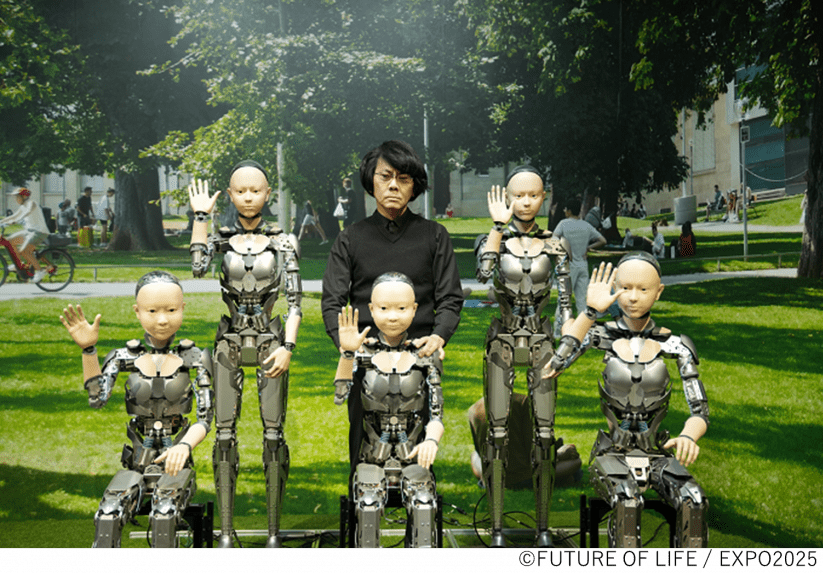


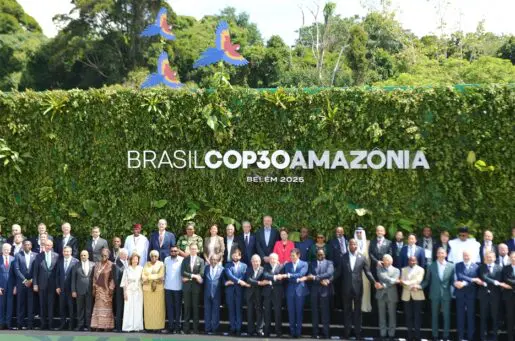



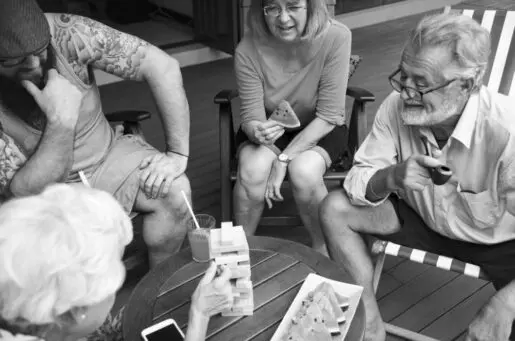


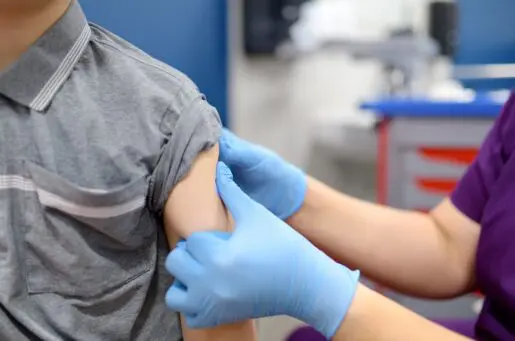

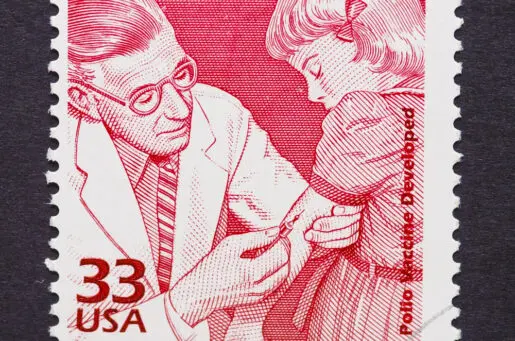

Thought provoking article Yuriko. I am not a fan of AI robots when it comes to dealing with human interactions in particular. Being Human involves all of our senses including our “sixth sense” or “intuition” and that will never be part of an AI robot. So much of what we perceive is energetic, unspoken and deeply seated within our Soul. AI robots do not have a Soul so when dealing with the Human condition, in my opinion, there would be a failure.